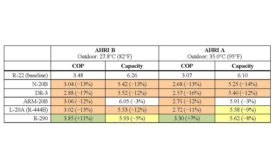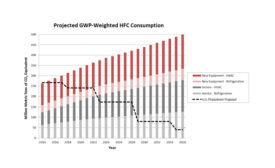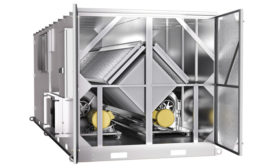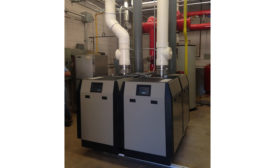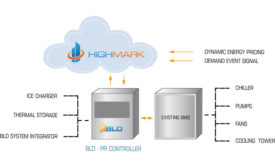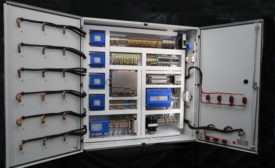Technical
The solution to reigning in MRSA infection rates lies in air-cleaning technology
Read More
Refrigerated Food for Thought: Airflow and Air Distribution in Refrigeration
Selection and placement of the correct equipment is critical
Read More
Alternative Refrigerant Evaluation for Mini-Split Air Conditioners
Finding R-22 and R-410A alternatives for high-ambient-temperature environments
March 7, 2016
DOE and Stakeholders Consider Best Approach to Major HVACR Research Effort
Workshops solicit input regarding the needed technical focus
February 22, 2016
2016 AHR Expo Takeaway: Four Areas Ripe for Innovation
As the HVAC industry gradually innovates, four areas have the most potential for boosting building efficiency
Read More
Don’t Breathe Easy: The Adverse Effects of Poor IAQ
How contaminated indoor air is harming our health, businesses, schools and homes — and what can be done
Read More
Advances in Boiler Construction and Design
The boiler market has been slowly shifting to more efficient condensing units
Read More
Making Energy Storage Simpler and Easier to Implement
Pre-engineered solution maximizes operational savings
Read More
NREL Seeks to Optimize Individual Comfort in Buildings
Localized comfort could bring big HVAC energy savings
December 7, 2015
Centralized Control Improves HVAC Operational Efficiency
Challenging application required a custom solution
November 23, 2015
Copyright ©2024. All Rights Reserved BNP Media.
Design, CMS, Hosting & Web Development :: ePublishing




